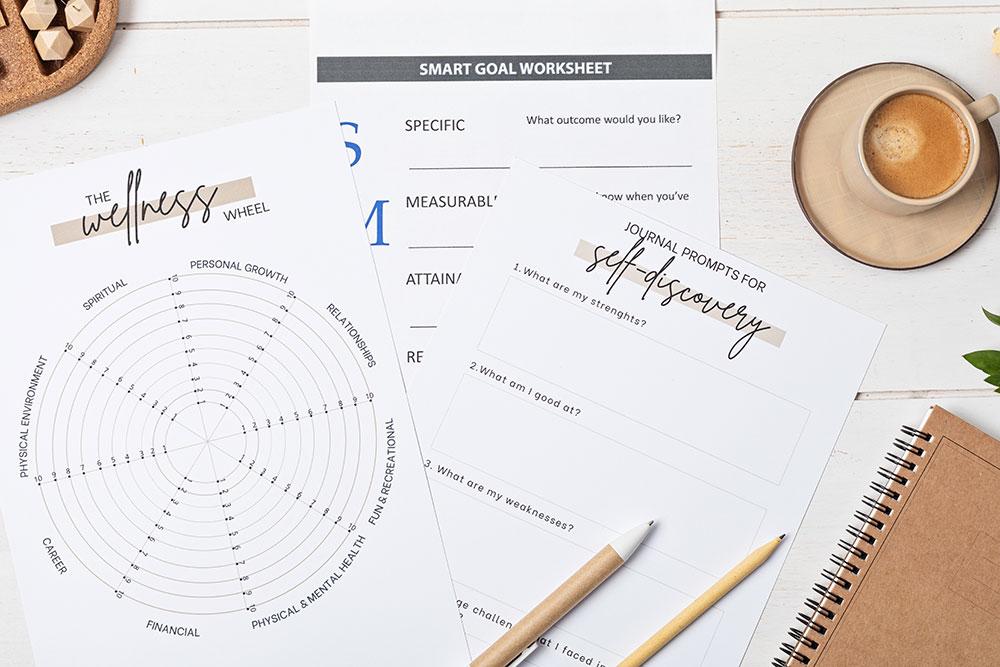When an athlete is sitting down for goals, I think that, first, they need help. They can’t do it all by themselves. And I think with the right environment between the coach or coaches, and the athlete and the athlete’s parents, and sometimes I like to see this done in a global sense first, like at a team meeting, and then done more one-on-one. But as the coach, I would suggest this around the goals. You have to be real clear in your talent review of where this athlete is starting from. Here’s what I mean by that. Think about a two by two metrics, where you’ve got a four window page like in a front door of a house. And on the vertical side over here, I have the word commitment, and horizontally is the word skill and talent. Okay? So when your athletes come to you, they’re probably in one of four buckets. If they’re down here, they’re on low commitment and low talent. And they come off your club team. Depending on the philosophy of your club team, your philosophy, you may want to guide that athlete and their parents to a different program.
So when my husband and I first came together, we volunteer coached through park and rec, and we coached basketball. And we were given the team where it was all new kids, nobody was associated with any neighborhood team yet, and they were new to basketball. And we made a decision, philosophically, if the kids came to practice, everybody was going to play. So my husband being the accountant in the family, had this Excel spreadsheet, and the girls had to always sit on the bench in a certain row so that the next one came out, the next one went in. And we made sure every kid had the same playing time if they came to practice and play. Well, for some parents that wasn’t enough, and they said, we want to win more. Well, then we weren’t the program for them. So when you have this child that is low commitment, low talent, you got to be clear whether or not they even fit in your program.
If we go above that, we’ve got now high commitment and low talent. That’s a dream come true for every coach. And that’s the athlete that will do anything the coaches says. So when I played college ball, my coach would sit down at the end of the season and do a talent review. She’d say, “Roberta, you take the loss and get in shape. You’re the first one out of shape. You know I require that every player runs the mile in six minutes and 32 seconds. I want you to be able to do that the first time you run that. So you get in shape over the summer”. I was like, “Yes, ma’am”. I mean, I loved this coach. So these athletes here are a coaches dream come true. High commitment, but low talent.
Down here, you’ve got low commitment, but high talent. These are your high maintenance athletes. And so everything is about them, and they’re always better, and they always have excuses for other reasons why they didn’t play well. And their parents are usually like that, where the parents don’t have necessarily the commitment but they think they have an Olympic star on their hand. These are high maintenance, these are poison for your team. You’ve got to get these people addressed right away. Where you want everybody to go is right here, where you’ve got high talent and high commitment, and you get everybody there.
So part of your challenge as a coach is to have that talent review conversation and have a realistic conversation of this athlete’s abilities and their competitive maturity. And then from there, you can go into some goal getting where you stretch the athlete and try to challenge them to do certain things, to achieve certain things. That’s going to make them work hard, but definitely it’s going to set them up for some many wins, some little successes.



